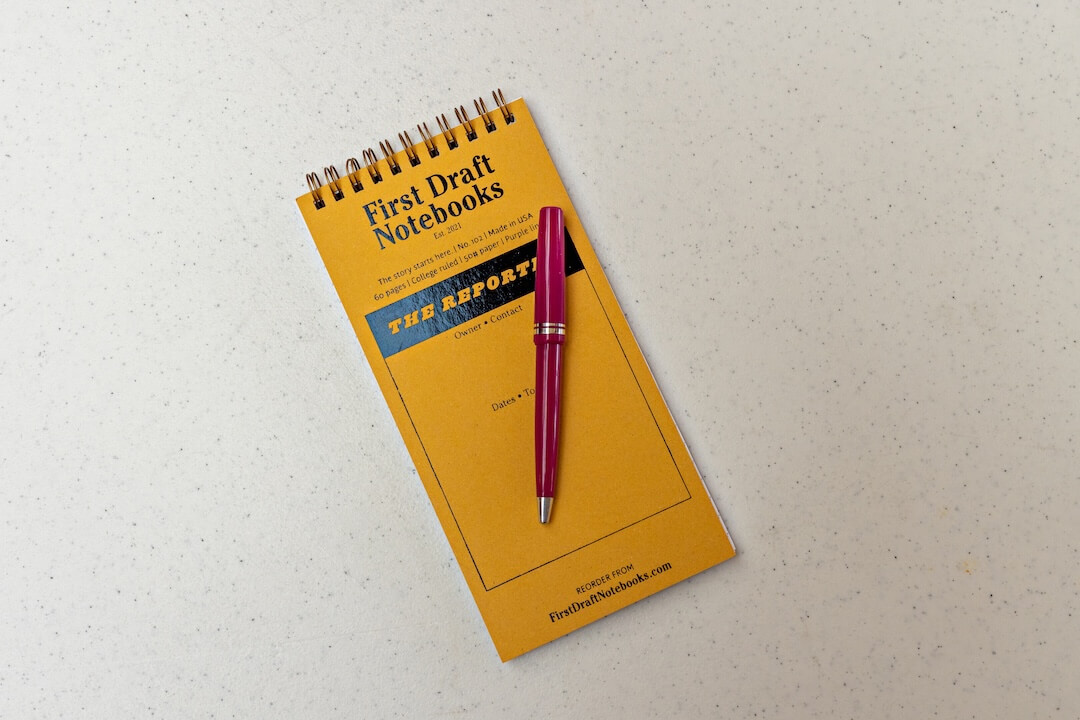How do you handle a reporter who’s making more mistakes than usual?
The New York Times recently confronted this issue with a regular freelancer whose corrections total was spiking.
Greg Brock, the Times senior editor who oversees corrections, was able to detect and ultimately address the issue because the paper is one of a handful of media organizations that track errors and corrections in an internal database.
The details of this mini case study was contained in a new column about errors and corrections from Times public editor Arthur Brisbane. His piece details how the paper handles mistakes and how it works to prevent them. Brisbane also offers a nice precis by Scott Maier, the top newspaper accuracy researcher working today. (Brisbane quotes me in the column, too. We spoke by phone last week at his request.)
So, why was that Times freelancer generating more corrections than in the past? From Brisbane’s column:
Upon inquiry, Mr. Brock learned that the freelancer was getting work — perhaps too much work — from multiple desks. The Times cut the assignments back, and the errors subsided.
As a longtime freelancer, I sympathize with this journalist. If The New York Times is feeding you a lot of work, chances are you’ll keep saying yes. In general, a freelancer is loath to say no to an assignment from a top client. You want to establish yourself as a go-to writer. More work means more money, too. So it’s tough on several fronts to be told you need to take fewer assignments because you are making too many errors.
I followed up with Brock to find out how the paper broached this subject with the freelancer. He declined to offer any specifics, but did share the general way the paper handles this kind of situation.
“It’s not an issue of our wanting to help them make fewer errors,” Brock said by email. “The issue is we tell them they can’t write for us if they make that many errors. So it’s their choice as to their number [of] assignments: thoroughly report, write and fact-check each article or you don’t write for The Times. Over the years — quite a few — we have dropped freelancers who were error-prone. There are too many unemployed journalists out there who would kill to report and write — accurately — for us.”
Every reporter has a different workload threshold. Exceed what you can handle and you won’t produce reporting of the same quality. Errors are one byproduct of too much work; They are also the byproduct of lack of research and sloppy writing.
Causes of error
During our conversation, Brisbane asked me what can cause an increase in errors. Workload is just one of many factors. I said the first question to ask in this situation is: What’s changed?
Are there new people involved in the process of reporting or editing or production? Is someone no longer involved? Are you using new tools or lacking tools you used to have? Is the deadline different?
If things are not the way they used to be, you need to determine what is new or different. Changes in people, processes, and tools/technology are big causes of error. (At the same time, you can improve prevention by tweaking these same things.)
In an email, Brock listed a few other more specific reasons why Times journalists make mistakes:
… we find other reasons for errors: the person keeps looking up things on the Internet and not double-checking them. In those cases, we tell her/him they can’t do that and we monitor it closely. The smart ones, who care, stop doing it.
Others may have a problem with math/statistics. In that case, we figure out a way to help them; give them resources; give them an editor with statistical experience who can backstop them.
So it doesn’t always mean cutting back assignments — unless we determine it’s the work load.
What’s important is the Times doesn’t use its corrections tracker as a stick with which to beat its journalists. It’s a tool that provides useful data to help stop someone from falling into bad habits. It’s a way to identify a problem. From there, it’s important to determine cause and offer options for improving the situation.
Brock’s approach of offering “help … resources … an editor with statistical experience” is exactly right.
When there is a spike in mistakes, as opposed to a major ethical lapse or egregious error, first provide help and training. Discipline comes when the journalist is unable or unwilling to improve.






